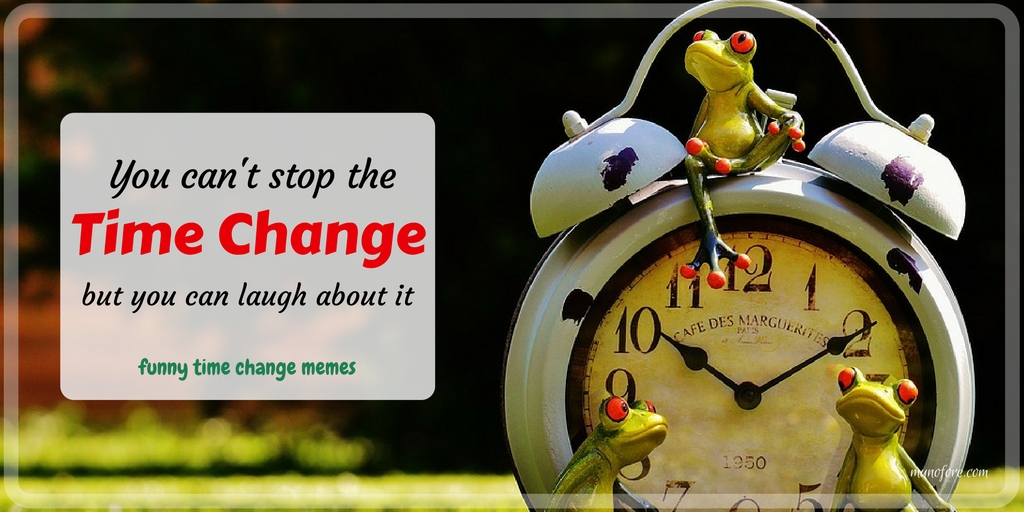

Senate passes bill by unanimous consent to make Daylight Saving Time permanent. Shortly after, news outlets began reporting on the story and spreading the news, such as the news site The Recount, which tweeted a video about it on March 15th, 2022, receiving over 2,200 likes in less than 24 hours. On March 15th, 2022, the Sunshine Protection Act unanimously passed the U.S. House of Representatives by Florida Senator Vern Buchanan and in the U.S. On January 4th, 2021, an iteration was filed in the U.S. with me!" However, the act failed in 2019. On March 11th, 2019, President Donald Trump voiced his support to eliminate DST, tweeting "Making daylight saving time permanent is O.K. If passed, the legislation would apply to all states that participate in daylight saving time from March to November each year. A year later, in March 2019, Rubio and Scott enacted the Sunshine Protection Act to make daylight saving time permanent year-round. In 2018, lawmakers in Florida such as Marco Rubio and Rick Scott made DST permanent in their state. Sunshine Protection ActĪmerican, 21st-century proponents of permanent DST start with the states of Arizona and Hawaii making DST permanent. In 1909, Congressman Andrew Peters introduced a DST bill to the House of Representatives, but it soon died in committee. In America, DST received opposition immediately within the government. In general, retailing, sports and tourism interests have historically favored daylight saving, while agricultural and evening entertainment interests have opposed it. In Great Britain, after DST was proposed in 1907, it had various opponents. For instance, Germany didn't keep DST for long after its implementation in WWI, abolishing it from 1919 to 1939 due to complaints from farmers. History of Permanent Daylight Savingĭaylight saving time, from its start, had opposition. They implemented DST nationwide that year. This led to confusion and collisions within railway systems and forced the creation of the Department of Transportation in 1966. After the war, however, DST was abolished nationwide and ran on a state-by-state basis. The United States followed in their footsteps. During World War I, Germany first implemented DST to conserve fuel and power by extending daylight hours.

The Interstate Commerce Commission (ICC) within the United States was essentially in charge of time laws, overseeing zones and DST. In 1833, time zones were introduced by railroad companies in the United States.


As trains became a common form of travel, strict schedules were essential. In essence, the need for DST came down to public transportation. Similar declarations were approved in Great Britain going into the early 20th century. In 1895, he presented a paper to the Wellington Philosophical Society that proposed a two-hour daylight-saving shift. Modern DST was first proposed in New Zealand by entomologist George Hudson. Modern DST was first hinted at by American Founding Father Benjamin Franklin when, in 1784, he wrote a satirical letter to The Journal of Paris that suggested waking up earlier in the summer would economize candle usage by making the day have less darkness to help citizens not use up all their candles. Forms of daylight saving time (DST) have existed throughout human history, dating as far back as the Romans who kept time with water clocks that had different scales for different months of the year.


 0 kommentar(er)
0 kommentar(er)
